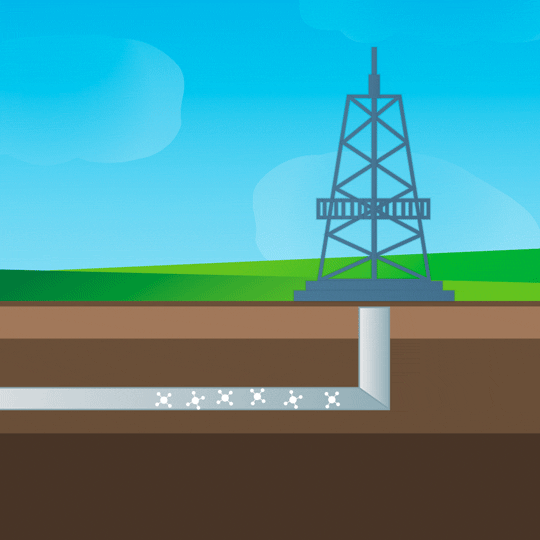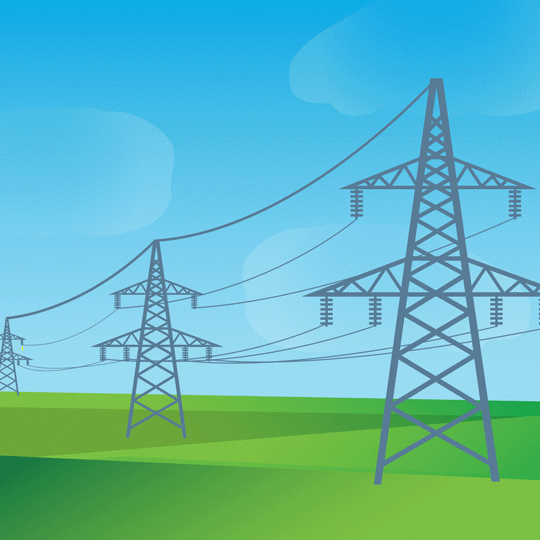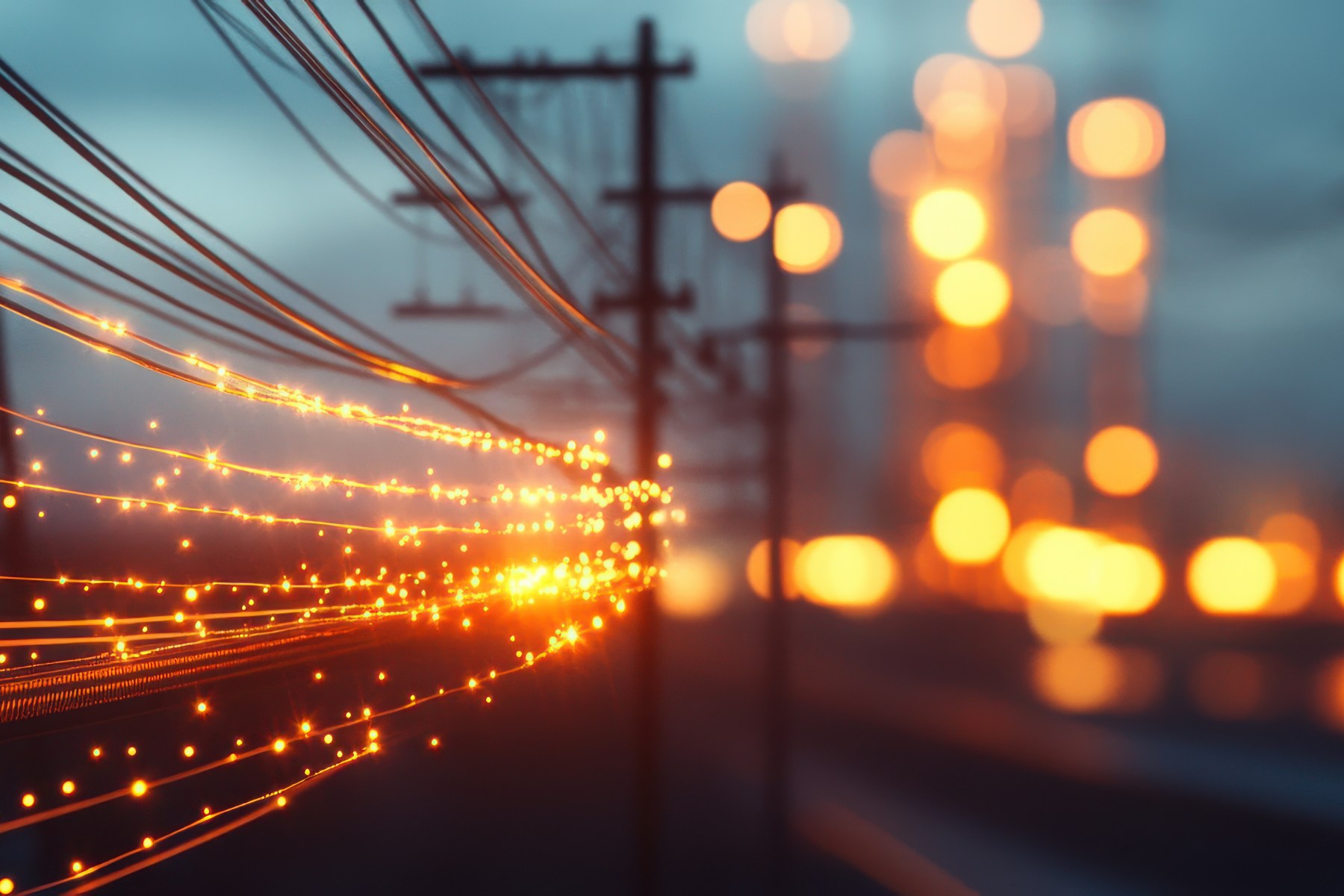Our daily lives are powered by electricity, but where does it come from? Electricity is used every single day: turning on a light, plugging in a phone, charging your electric vehicle or heating your home.
The demand for electricity in the United States peaks in both the summer and winter months, driven by the need to keep cool in the summer and warm in the winter. Electricity generation also has been growing rapidly this year as a result of growing demand for power from data centers and industrial customers.
In 2024, U.S. natural gas consumption averaged a record 90.3 billion cubic feet per day (Bcf/d) and set new winter and summer monthly records, according to the U.S. Energy Information Administration. The U.S. relies on natural gas to generate more electricity than any other energy source. Gas-fired power generation accounted for 42% of U.S. utility-scale electricity followed by nuclear at 19% and coal at 16%, with most of the remaining share coming from renewables.
Here’s how natural gas is converted to electricity:
Step 1: Extraction

Natural gas is collected from under the Earth’s surface. Pipelines gather the natural gas from multiple wells to a central point where it is treated to remove water or waste products, such as helium and carbon dioxide. The processed gas, also known as methane, moves through transmission pipelines to utilities, including power plants.
Step 2: Conversion

The power plants begin the conversion process by using a boiler, combustion turbine or both. When using a boiler, water is boiled creating steam that spins a turbine and generates electricity. When using a combustion turbine, pressurized gas turns the blades of a turbine connected to a generator. Magnets spin inside the generator creating an electric current. These methods can be used independently or together.
In a combined cycle system, the energy created by one turbine generates more energy in another turbine. After one engine completes a conversion cycle, the heat exhaust is transferred through a heat exchanger. A second engine extracts energy from the heat to begin its own conversion cycle. This creates 50-60% more overall efficiency compared to just one engine.
Step 3: Power

After the electricity is created, it is sent through power lines for residential, commercial, industrial and transportation use.
Natural gas is also a great partner to renewables, including solar and wind power, because when the wind isn’t blowing or the sun isn’t shining, natural gas is right there to provide power generation for peoples’ homes.
To learn more about energy demand, see these sources:
Short-Term Energy Outlook – U.S. Energy Information Administration (EIA)
